On the recent ceasefire agreement and its wider regional context.
On the recent ceasefire agreement and its wider regional context.
At the meeting held in Egypt, the Atlantic front referred to the ceasefire reached in Gaza as the “Trump peace.”
But “Trump’s doings” don’t end there: we also have the “Trump route” in the South Caucasus and the “Trump’s initiative” in Syria.
What do the US’s recent policies and moves in West Asia, the Eastern Mediterranean, the Black Sea, and the South Caucasus signify? What kind of period are we entering for the countries of the region? And what should be done?
UWI author, historian, and political scientist Associate Professor Mehmet Perinçek shared comprehensive analysis with us.
Trump’s “peace”
When we look at what’s called the “Trump peace” deal and its parties, we can clearly see that it’s entirely framed within an Atlantic and Western context. Of course, the resistance of the Palestinian people and Hamas’s struggle forced the Atlantic front to sit at the negotiating table. That’s an important achievement. Yet this so-called “peace” table represents a Western attempt to take the initiative in shaping the order in West Asia.
Trump is there. Tony Blair is at that “peace” table. The same people who drenched Iraq and West Asia in blood are there. All of Israel’s supporters are seated around that table. And alongside them are the forces and countries we could call “Trump’s friends” in West Asia.
The Iran–China–Russia axis is excluded
After the war broke out on October 7, 2023, China, Russia, and Iran played a significant role in the course of events. China even hosted meetings to bridge the divide between the Palestine Liberation Organization and Hamas. Israel itself admitted that China supported Yemen. Iran, as we know, directly fought Israel during the twelve-day war, while also backing Hezbollah, Hamas, the Palestinian resistance, and Yemen.
Yet we see that the countries and powers capable of balancing the Western and Israeli threat have been deliberately excluded from Trump’s negotiating table. But that balance is crucial not only for achieving a ceasefire, but also for ensuring that a Palestinian state is recognized and supported internationally afterward.
Both war and peace depend on the balance of power between opposing forces. So excluding these countries from the agreement is not a positive development for Palestine. In the war that Israel lost on the battlefield, it might now regain an advantage under the “Trump peace,” where Trump’s aggressiveness is partly restrained or disguised under the guise of diplomacy.
Will Pax Americana last?
This may not be an “Israeli peace,” but it is a “Pax Americana”. However, it cannot bring long-term stability or ensure the security and territorial integrity of Palestine. That can only happen when a power equal to the US- and Europe-backed Israeli aggression is established to counter it. Otherwise, what is being called the “Trump peace” today will soon turn into the “Trump oppression.”
Atlantic push in the Caucasus, Syria, and Palestine
Right now, Trump has taken a step to regain the initiative that the U.S. was losing in the region. He’s trying to secure this through the so-called “Trump Route” memorandum in the South Caucasus and by maintaining support for the SDF in Syria. The so-called “Trump peace” in Gaza is part of these efforts. These moves are all interconnected.
But in the medium to long term, this won’t bring peace or stability to the region. Trump and Israel insist on the total disarmament of Hamas, which essentially means eliminating the armed force that guarantees the existence of a Palestinian state. In other words, it’s a demand for the abolition of the Palestinian state itself.
To sum up, we are facing an attempt to establish a new order in West Asia shaped by the US and Israel under a Pax Americana framework. The Abraham Accords paved the way for countries that previously did not recognize Israel to now accept it, which means in fact nothing but submitting to Israel’s expansionism, aggression, and occupations. A region submissive to the US and Israel…
But can they really do that in today’s multipolar world? We see new power centers emerging and converging across Asia and Eurasia militarily, economically and politically.
First Israel and Second Israel
We can also see from the images circulating in the media that this is a fake “peace.” Trump’s demeanor on stage, lining up other leaders behind him like puppets, commanding them with gestures, reveals the artificiality of the entire show.
Even though Trump may appear to restrain Netanyahu and Israel for tactical reasons, seeking to move closer to his “friends” in West Asia, Israel remains a strategic partner that the US can never abandon. The US and Israel’s shared goal is to subjugate the region. Their main target is Iran. But we should be fully aware that Türkiye is also in their sights.
Just as the US cannot abandon Israel, it will not abandon the SDF/PKK/YPG in Syria. There may be symbolic gestures here and there, but the fundamental plan will not change. That plan’s unchanging pillars are First Israel and Second Israel. That Second Israel is nothing but a puppet “Kurdistan” state.
Sedating Türkiye in the Eastern Mediterranean
The Eastern Mediterranean must also be analyzed in this context. The sovereignty of the Turkish Republic of Northern Cyprus (TRNC) is under threat, not only from Israel but also from the US. The US, with its bases in the Aegean, Thrace, and Greece, has clearly designated Türkiye and the TRNC as target countries.
In this sense, the “Trump peace” is a trap designed to sedate, neutralize, and puppetize Türkiye, making it an easy target. The idea of “let’s sacrifice Iran and save ourselves from the threat” will not save anyone.
Trump is abandoning his early policies
Trump now sees himself as a victorious commander. Although he portrays himself as a dove of peace, he is actually pursuing a policy that consolidates US power in the South Caucasus, Syria, and Palestine, turning it once again into a force capable of imposing its will globally.
If he succeeds, he may well take a path opposite to the one he followed before and during his presidency in his relations with Russia, acting far more recklessly on Ukraine. Indeed, his recent decisions like delivering Tomahawk missiles to Kyiv and making openly anti-Russian statements show that Trump has already departed from his earlier stance.
An escalation of the war in Ukraine would negatively affect not only Türkiye and Palestine but the entire region. The more Russia gets bogged down in Ukraine, the weaker its initiative becomes elsewhere.
Strong ties between the Black Sea and the Eastern Mediterranean
Türkiye can play a constructive role here by weakening the influence that European powers, and now Trump, exert over Kyiv to escalate the war. Without breaking that influence, peace will remain out of reach.
Such a policy matters not only for the future of Ukraine and the Black Sea but also for Türkiye’s position in the Eastern Mediterranean and West Asia. The threats facing Türkiye and the TRNC are too great to handle alone. Of course, Türkiye will rely on its own strength, its people, and its army, but it also needs alliances. The Black Sea and Eastern Mediterranean are deeply interconnected: breaking the Atlantic front’s plans over Ukraine would also mean breaking its plans over the TRNC.
The destinies of Türkiye, Syria, Iran, Russia, and Azerbaijan, in short, all countries in the region, are interlinked. Their territorial integrities are directly connected. Objectively, cooperation among them is therefore inevitable.
The lesson from the course of the al-Sharaa government
The process Syria has gone through since forming its new government once again made this clear. At first, Damascus thought it could appease the US and Israel by distancing itself from Iran and Russia. They imagined they could thus escape their aggression. But its own experience proved otherwise.
Israel occupied significant parts of Syrian territory, the Druze-populated region fell under Israeli influence and became a de facto autonomous zone where Damascus could not establish control. The March 10 agreement with the SDF was signed but never implemented. Syria believed that adopting the policies demanded by the US and Israel would bring relief, but the opposite happened: it became weaker and more exposed to attacks by distancing itself from Iran and Russia.
There lies an important lesson: you can’t stop Atlantic aggression by appeasing it or by following its dictates, but only by counterbalancing it. That’s the path that could also bring Trump back in line with his earlier, less aggressive policies.
Not a tactical, but a strategic Plan
From these experiences, it’s clear that Syria has no alternative but to cooperate with Russia and Iran. These two countries already have a past and experience, Russia has bases in Syria dating back to the Assad era. The recent visit of Ahmad al-Sharaa to Moscow could bring steps that counter US and Israeli plans. That would be the right move. What matters is that this cooperation should not remain tactical but become strategic. For example, policies like “let’s scare the US with Russia so it steps back on the SDF issue”, using one side as leverage against the other, wouldn’t work.
The same applies to Türkiye. Its officially declared “balance policy” is no longer sufficient to address the problems it faces. Türkiye’s stance will be decisive in the coming period. Ankara has abandoned the Astana process, and as a result, the US and Israel have gained the upper hand in the South Caucasus, Syria, and Palestine.
From all this, we can draw one clear conclusion: Not the Trump route but the Eurasian route in the South Caucasus. Not Trump’s initiative but the Eurasian initiative in Syria.
And not Trump’s peace but Eurasian peace in Palestine.


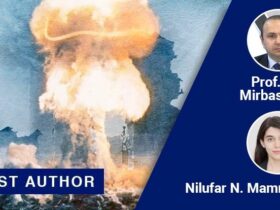
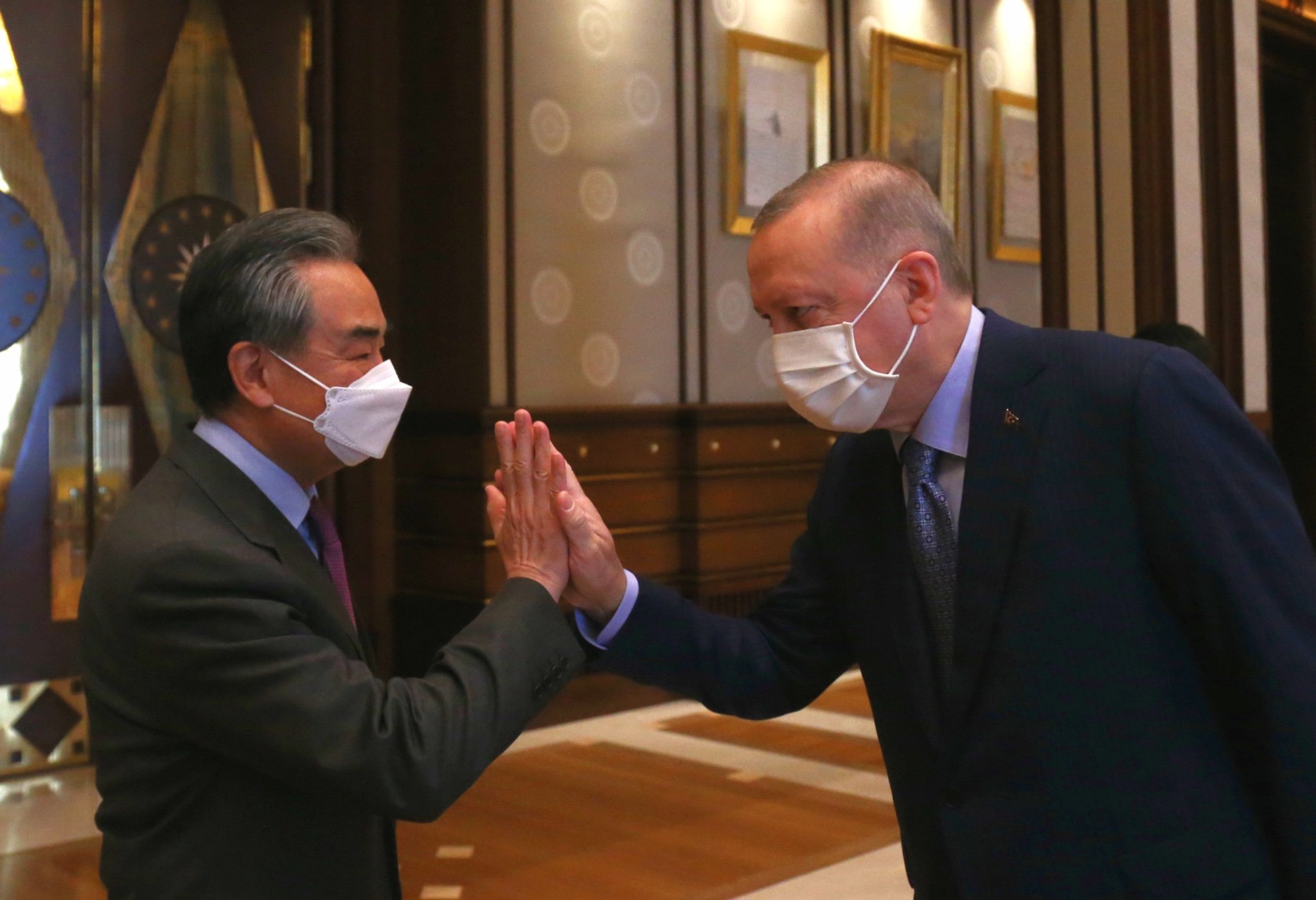
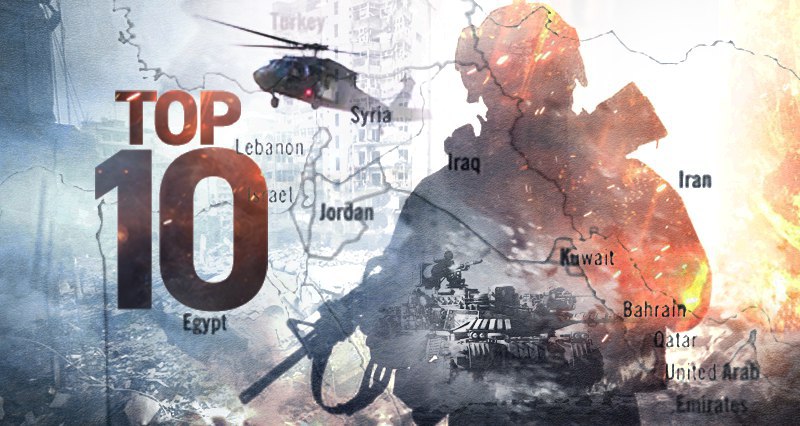
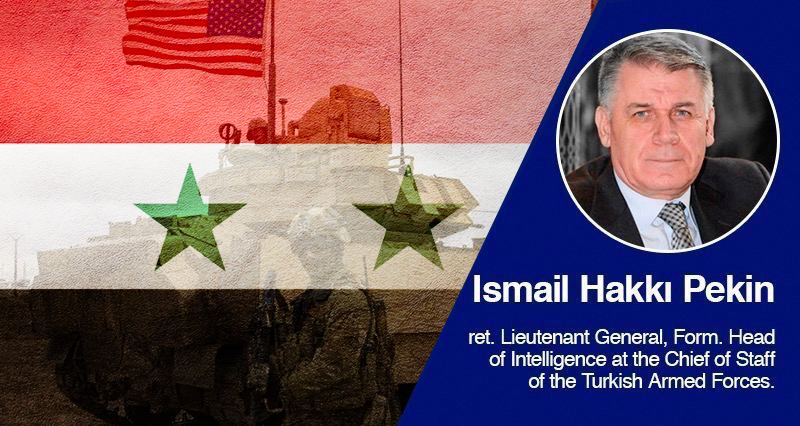

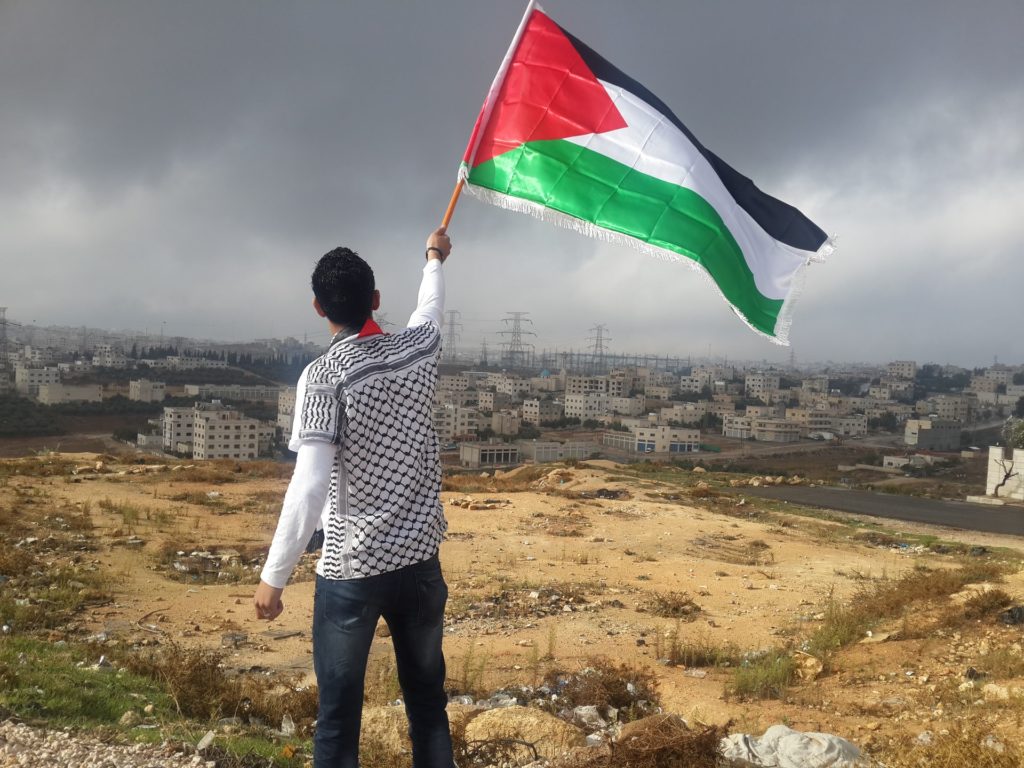
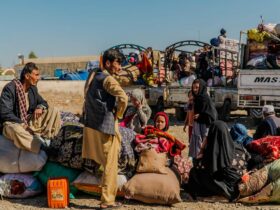
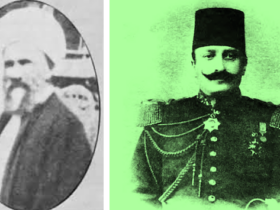
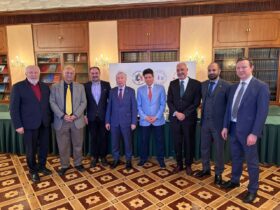
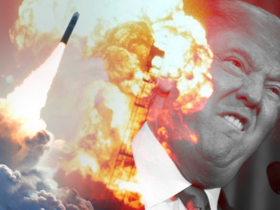
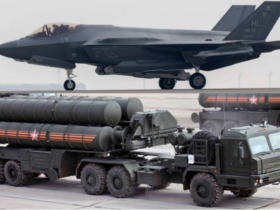
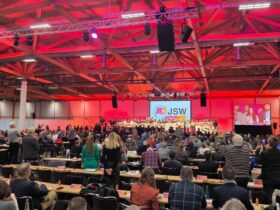

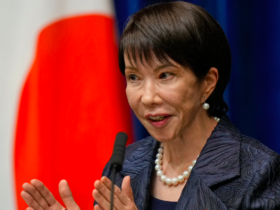
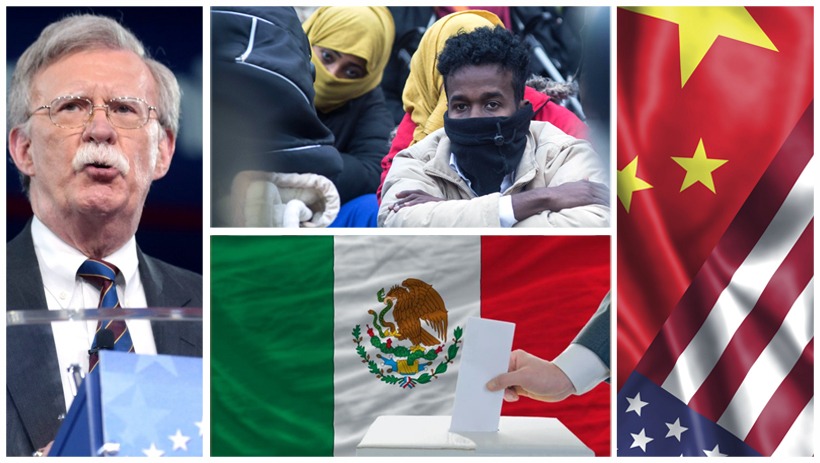
Leave a Reply